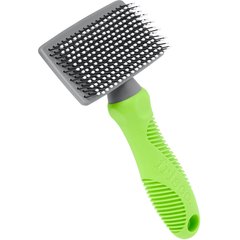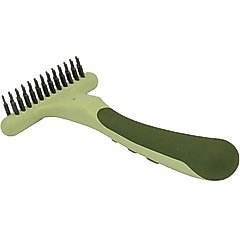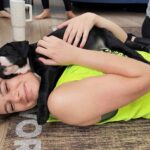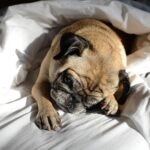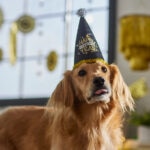Shiba Inu vs. Akita: Which Japanese Dog Is Best for You?
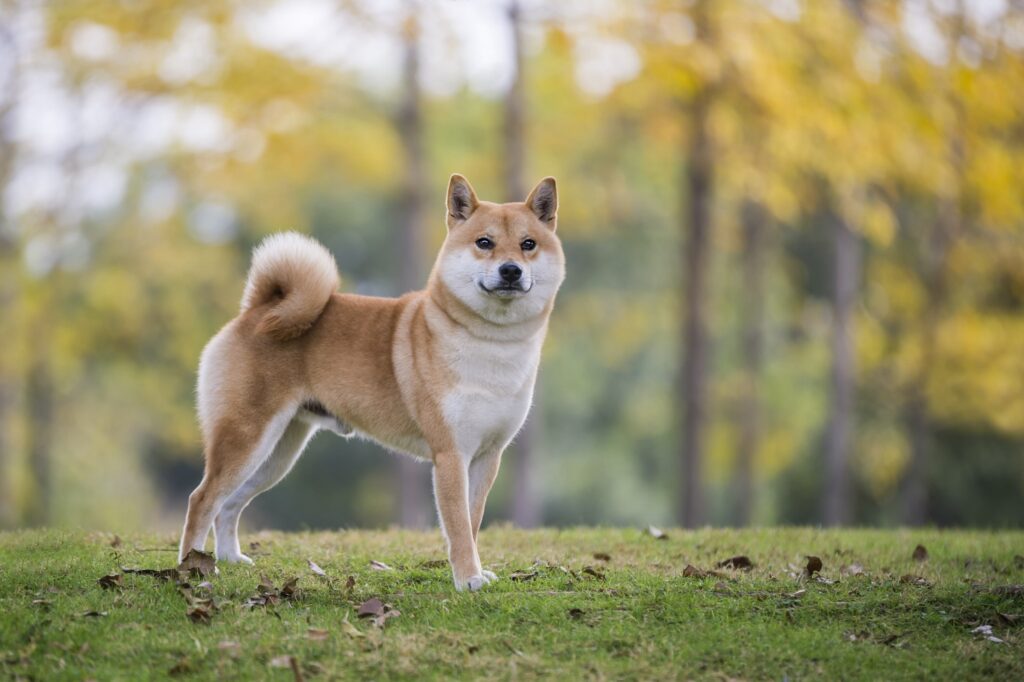
Photo by chendongshan/iStock / Getty Images Plus via Getty Images
With a face like a fox and a curly tail, the Shiba Inu is a popular small dog breed with a reputation for being independent and catlike. But it’s not the only Japanese dog that should be on your radar—the Akita shares many similarities to the Shiba Inu, albeit in a larger package.
Here’s what to know when comparing Shiba Inu versus Akita dogs.
History
The Shiba Inu and Akita are two of the most recognizable members of the Nihon Ken—a group of six native Japanese dog breeds. These dogs share a common origin as compact but capable hunters.
Over the centuries, regional breeding produced dogs of different sizes, resulting in the six highly prized Japanese dog breeds that make up the Nihon Ken. The Akita is the largest of these breeds; the Shiba Inu is the smallest.
Along with hunting, Akitas worked as guardian dogs. Shibas, after nearly going extinct during World War II, were bred as companions.
Appearance
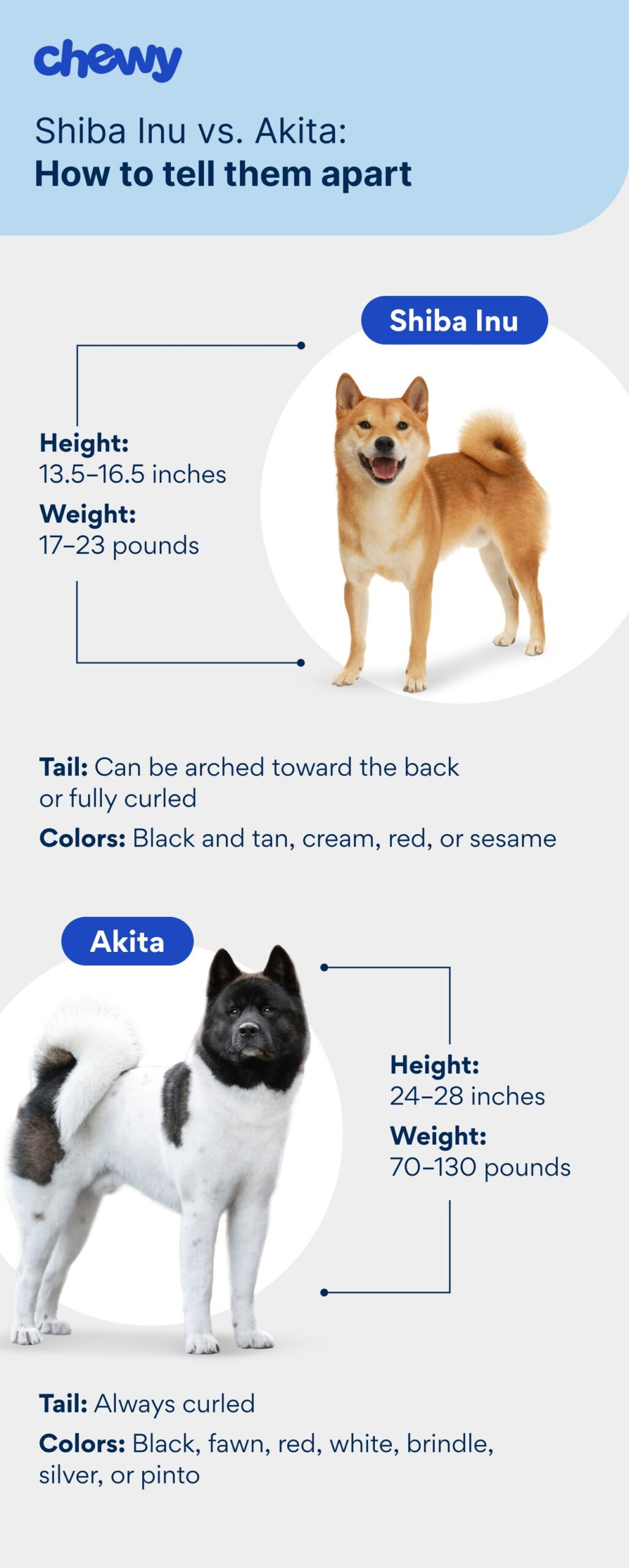
These breeds share more than a history: Their foxy face, pointy ears, and plush coat are all characteristics both Shiba Inu and Akita dogs have.
But don’t jump to the conclusion that the Akita is just a larger version of the Shiba Inu. A closer look at key features of each dog’s appearance shows important differences between the two breeds.
Size
The most obvious difference between the Akita and the Shiba Inu relates to size. A full-grown Akita is 24–28 inches tall at the shoulder. Male dogs can weigh up to 130 pounds, while female dogs might reach 100 pounds.
The Akita’s large proportions dwarf the much smaller Shiba Inu, which stands 13.5–16.5 inches tall and only weighs about 20 pounds fully grown.
Tail
The Akita and Shiba Inu both have a curly tail, but the Akita’s tail is a bit curlier than the Shiba’s. As the breed standard states, an Akita tail should have at least a three-quarter curl, be fully curled, or even have a double curl over the dog’s back.
Shibas often have a fully curled tail, but a tail that merely arcs toward the dog’s back is OK, too.
Coat Colors
Both breeds flaunt a medium-length double coat with a soft and thick undercoat and a straight, coarse outer coat that stands off the body.
Though their coat characteristics are similar, there’s a limited number of coat colors that Shibas have: red, sesame, cream, or black and tan. Akitas, on the other hand, can be black, fawn, red, white, brindle, fawn, silver, or pinto (a white coat with large patches of colored fur).
Both breeds can have white markings, but an Akita’s coat can also feature black markings.
Personality
Independent, aloof, and confident—that’s the Shiba Inu and Akita personality. Both pups do best with a confident, committed pet parent who is prepared for their unique personality.
Akitas are often described as watchful thanks to their history as guardian dogs. Shibas have a reputation for being catlike—if they aren’t interested in socializing, they’ll go off and do their own thing.
While these dogs are more likely to seek affection on their terms, both breeds are deeply devoted to their humans and will show their soft side to their family members. This can include older children who know how to interact with dogs, but Shibas and Akitas likely won’t have patience for small, rambunctious kiddos.
Both breeds might also prefer being the only fur child at home, and some may rather spend time on their own than make friends at the dog park.
Although both breeds tend to be on the cautious side, you can help your Akita or Shiba Inu feel more relaxed around unfamiliar dogs, new people, and situations through early socialization, positive reinforcement, and training.
Training
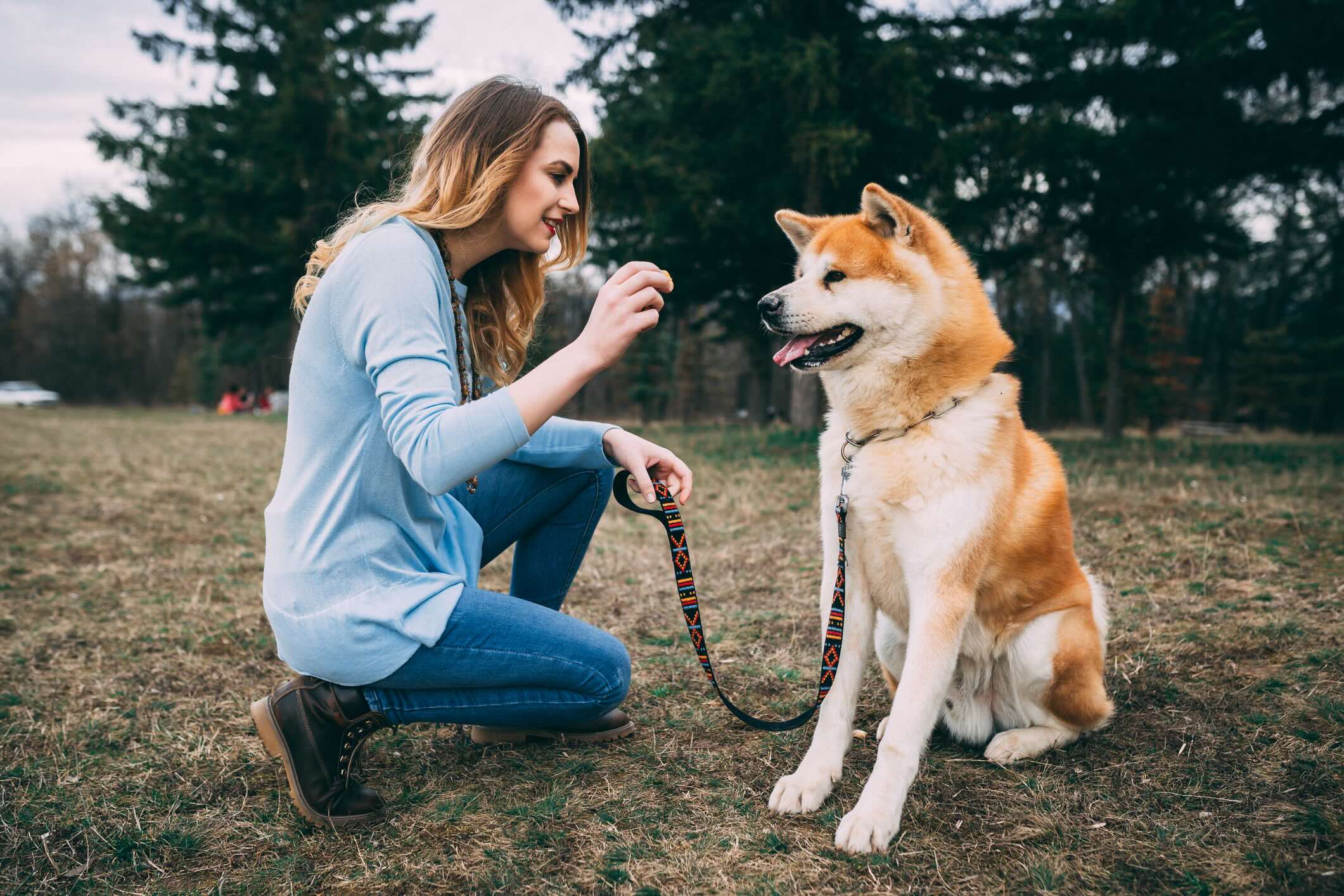
domoyega/E+ via Getty Images
This independent personality means that “successfully training a Shiba is convincing the Shiba that whatever you’re asking him to do is actually his idea,” says Jeri Burnside, treasurer for the National Shiba Club of America and a Shiba Inu breeder.
To keep your Shiba motivated during obedience training, find a special training treat your pup loves.
“A Shiba will learn a command almost instantly, but if they aren’t seeing a good reason to obey or if there is a more interesting thing they’d rather be doing (like chasing that squirrel across the street), they are likely to ignore you,” Burnside says.
Keep training sessions short and fun for both Shibas and Akitas, who “will bore quickly with repetitive and mundane training methods,” says Tamara Larson, corresponding secretary of the Akita Club of America.
Exercise Needs
Like all dog breeds, the Shiba Inu and Akita need exercise and mental stimulation to keep their tails wagging—and to stave off destructive or anxious behaviors like chewing and digging. Plan to exercise your pup at least 30 minutes every day.
“All Shibas love exercise and, with proper conditioning, make great hiking or running companions—always on a leash and not in the heat of the day, of course,” says Burnside.
You might think the larger Akita would mean a bigger commitment in terms of exercise, but that’s not necessarily the case. Larson says Akitas don’t have a particularly high drive, but they’re still working dogs in need of a daily exercise routine.
“The breed does not need excessive exercise but should be regularly walked to maintain a healthy body,” she says.
Grooming
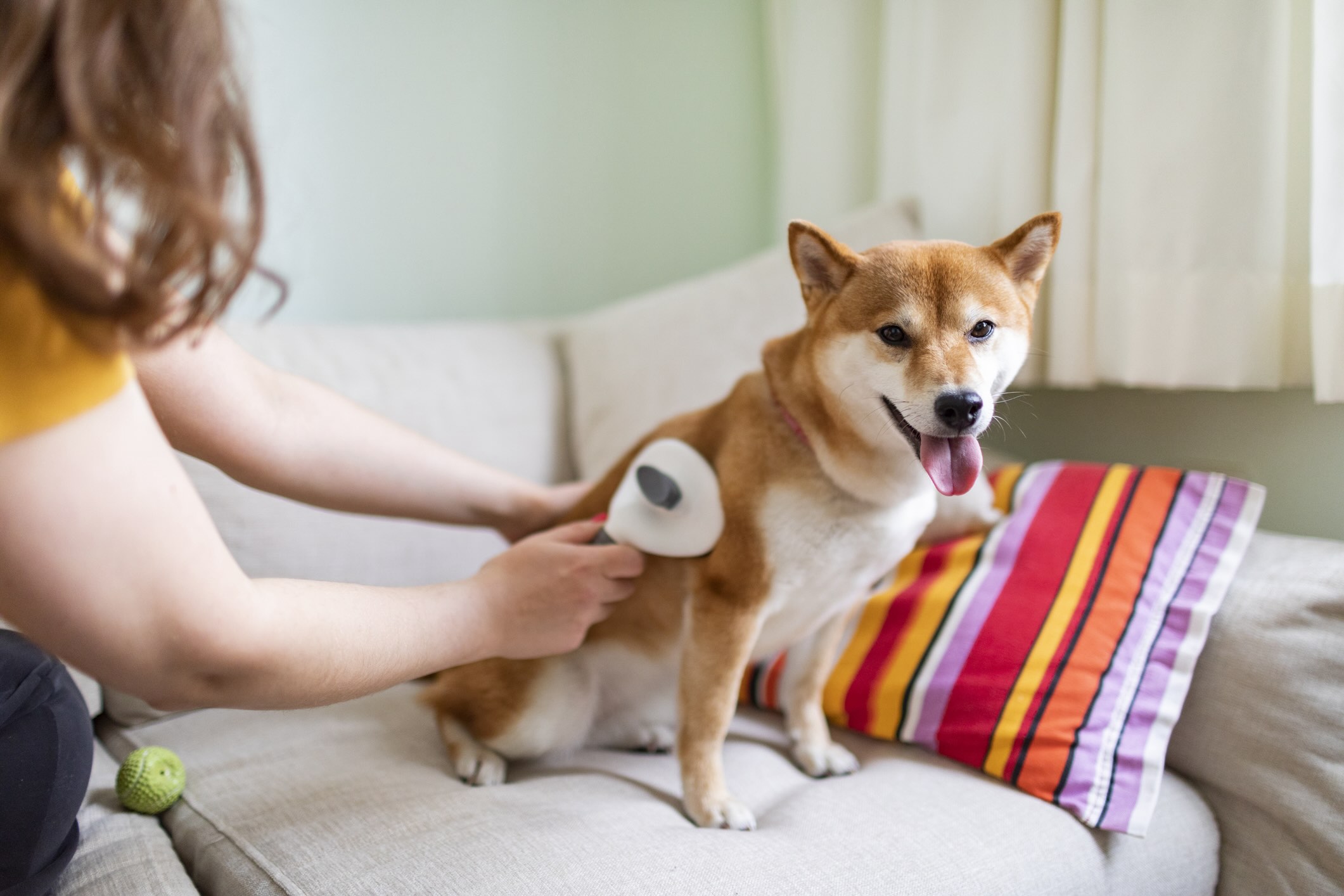
JulPo/E+ via Getty Images
Shibas and Akitas have a similar double coat of fur that sheds year-round, though the fur really flies during the spring and fall. This means brushing your dog with a slicker or rake brush is a must for keeping shedding to a minimum, and you’ll want to give your dog an occasional bath, too.
Recommended Products
Burnside says a Shiba’s coat is generally odor-free and dirt-repellent—but that’s not a free pass for you to get out of grooming your dog. Regular brushing and bathing will keep the coat debris-free and minimize shedding.
Health
Small dogs live longer than large breeds, and that pattern is present in the Shiba Inu and Akita lifespan. A Shiba typically lives 13–16 years, whereas an Akita’s life expectancy is usually 10–14 years.
Responsible breeding and a lifetime of good care can help reduce the chances of health problems in your pup, but there are some common concerns to be aware of with both breeds.
Akitas are commonly affected by:
- Hip dysplasia
- Elbow dysplasia
- Hypothyroidism
- Eye problems like entropion, retinal detachment, cataracts, and retinal dysplasia
Shibas can be predisposed to:
- Allergies
- Patellar luxation
- Hip dysplasia
- Gangliosidosis, a genetic degenerative neurological disorder
- Eye problems like glaucoma
Akita vs. Shiba: Which Is the Breed for You?
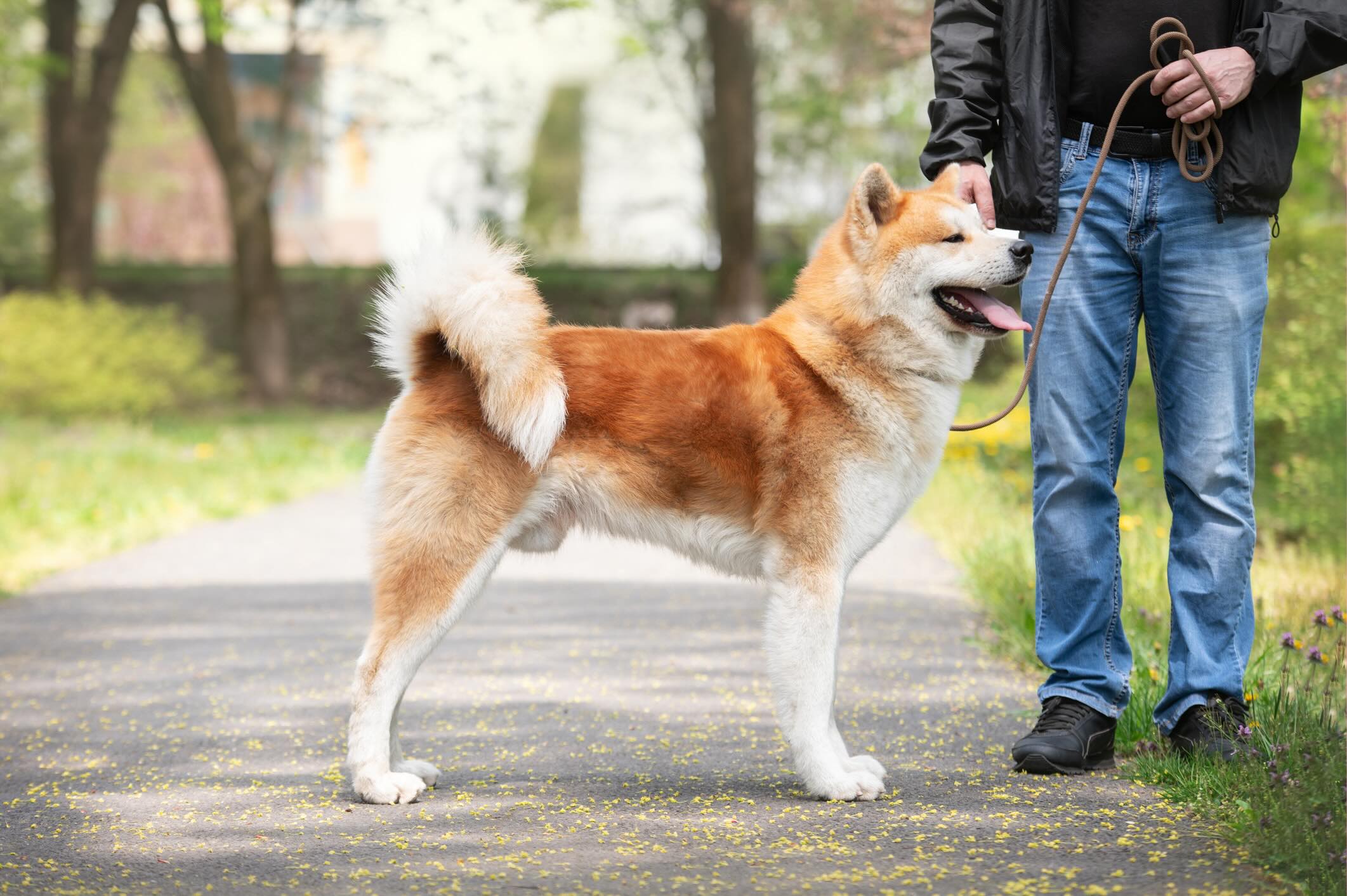
Kristina Chizmar/iStock / Getty Images Plus via Getty Images
If you’re looking for an outgoing pal who’s never met a stranger, Akitas and Shiba Inu won’t be your top pick. These dogs prefer to spend time alone or with their closest human companions, and their independent nature makes them a better fit for experienced pet parents.
The best fit for an Akita is a quiet home with a close family and consistent schedule. “This is a breed that becomes an integral part of his family unit, and should not be kept outdoors or separated from his people,” says Larson.
A Shiba Inu is often recommended as an ideal dog for small spaces, like condos or apartments. Shibas are happiest in a home with family members who are always close by, even if this dog breed isn’t always in your lap or vying for your attention.
Attributions
This content was medically reviewed by Molly Price, DVM, Chewy veterinarian.
